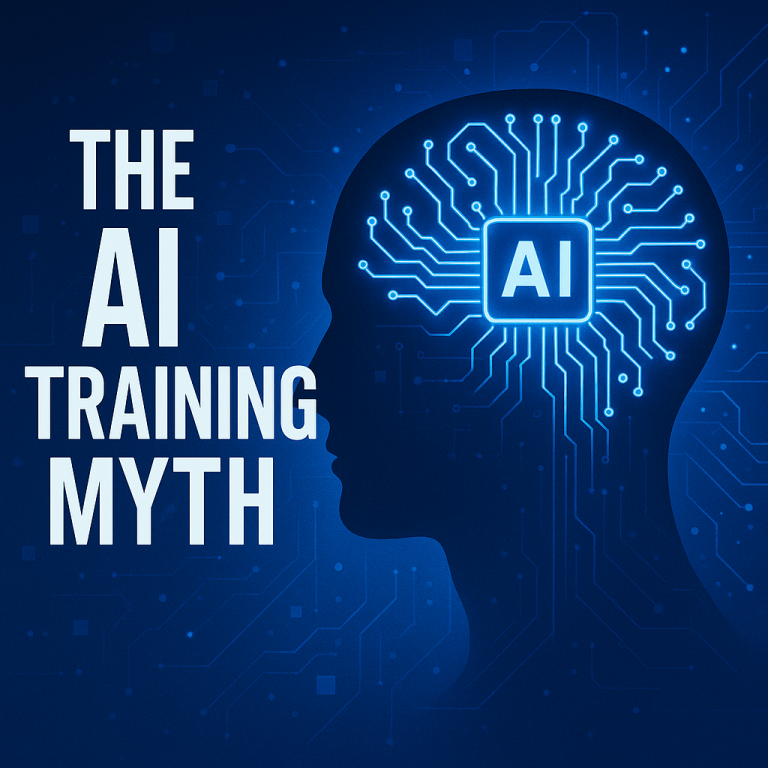One-on-one interviews are a powerful tool to uncover someone’s experience, values, and perspectives in a focused setting. Whether you’re an HR professional, recruiter, journalist, or researcher, these conversations open a window into personal narratives that group discussions often miss. Asking the right questions—and listening with intention—can reveal deep insights that drive better decisions. Here are 20 expert-backed tips to elevate your one-on-one interviewing skills.
1. Do Your Homework Thoroughly
Before the meeting, research the interviewee’s background using credible sources—such as LinkedIn, past publications, or industry recognition. Understanding their career journey and interests not only shows respect but also allows you to craft meaningful questions beyond the basics.
2. Define Your Objectives
Are you looking to assess their professional growth, skill sets, or personal values? Set clear interview goals in advance to guide your question flow and keep the conversation on track.
3. Craft Open-Ended Questions
Avoid questions that invite only a “yes” or “no.” Ask prompts like, “What inspired you to pursue your current role?” rather than “Do you enjoy your current role?” Open-ended questions generate richer responses and uncover unexpected stories.
4. Structure the Environment
Choose a quiet, comfortable setting for in-person interviews or ensure your technology is fully tested for virtual meetings. Minimize interruptions so both parties can stay engaged.
5. Break the Ice
Start with a light comment or a compliment related to their recent work to set a friendly tone. Small talk helps reduce tension and paves the way for a more open exchange.
6. Show Genuine Curiosity
Use body language cues—like nodding and smiling—and verbal affirmations to signal your interest. People open up more when they feel heard and appreciated.
7. Balance Warmth with Professionalism
Be friendly but maintain respectful boundaries. Avoid overly personal topics or jokes that could make the interviewee uncomfortable.
8. Be an Active Listener
Pay attention not just to words, but also to tone and gestures. Use short follow-up remarks to show you’re tracking the conversation and genuinely engaged.
9. Embrace Silence Strategically
Brief pauses after an answer often lead to deeper insights. Let the silence linger before jumping in—your interviewee may share something even more valuable.
10. Ask Thoughtful Follow-Up Questions
Don’t hesitate to dig deeper. Questions like, “Can you tell me more about that decision?” or “What did you learn from that experience?” add depth and direction to the dialogue.
11. Stay Flexible
While it’s important to have a plan, be open to going off-script if an interesting topic arises. Sometimes the most meaningful insights come from unplanned detours.
12. Clarify When Needed
If something is unclear, politely ask them to elaborate or rephrase. You can also paraphrase their response to ensure mutual understanding.
13. Avoid Leading Questions
Maintain neutrality in your wording. Instead of asking, “Don’t you think your last project was a success?” ask, “How do you feel about the outcome of your last project?”
14. Keep the Flow Natural
Let the conversation unfold organically. While a list of questions is helpful, over-reliance on a script can make the interview feel rigid.
15. Maintain Appropriate Eye Contact
Steady, respectful eye contact builds trust. Avoid staring, but ensure your gaze communicates attentiveness.
16. Be Aware of Your Body Language
Sit upright but relaxed. Keep your arms uncrossed and use subtle gestures to signal openness and engagement.
17. Observe Their Nonverbal Cues
Pay attention to body language. Signs of discomfort may signal a need for a break, while enthusiasm may indicate areas worth exploring further.
18. Recap Key Points
Before closing, summarize the major takeaways. This gives the interviewee a chance to confirm or clarify your understanding.
19. Offer Space for Final Thoughts
Ask if they have anything else they’d like to add. Sometimes the most insightful comments come at the very end.
20. Explain What’s Next
Clarify how the information will be used and what the follow-up process will look like. Clear communication fosters transparency and trust.
Conclusion
Mastering one-on-one interviews is not just about asking the right questions—it’s about creating a thoughtful, respectful environment that encourages authenticity. These techniques will help you gain richer insights and build stronger connections, whether you’re hiring, researching, or storytelling.


